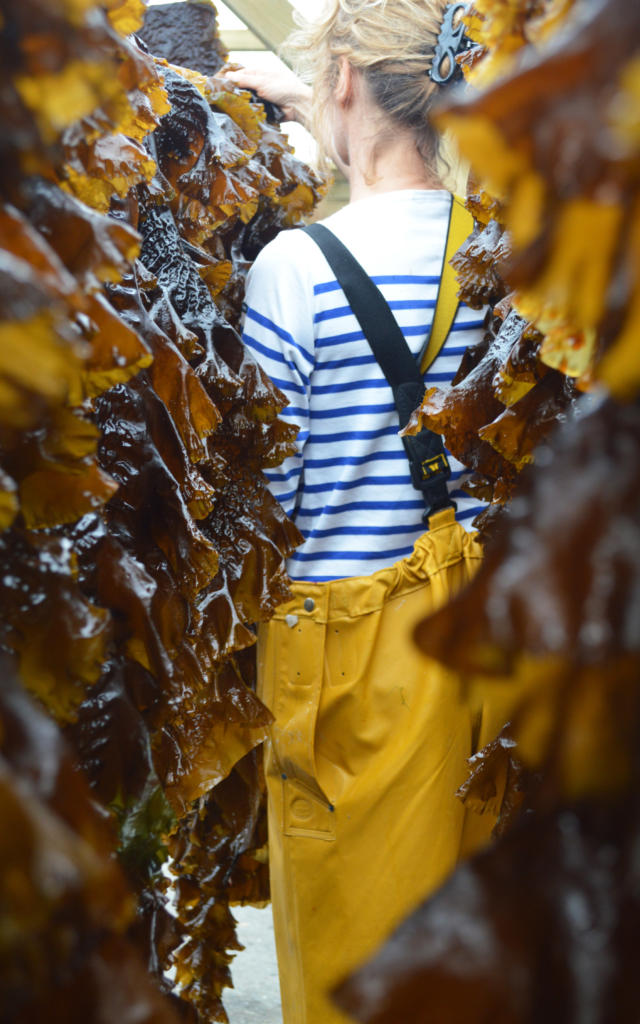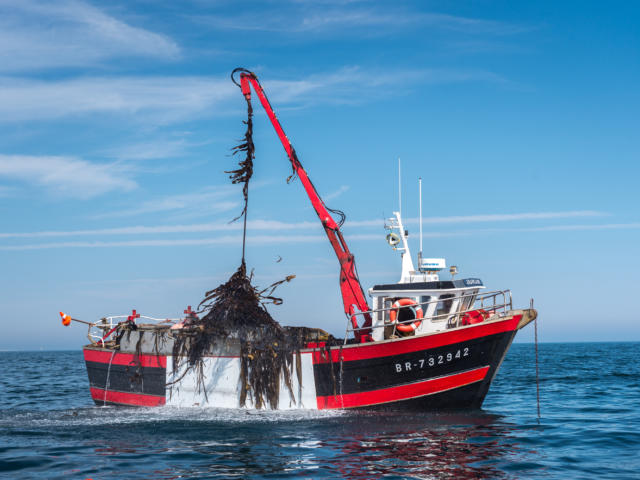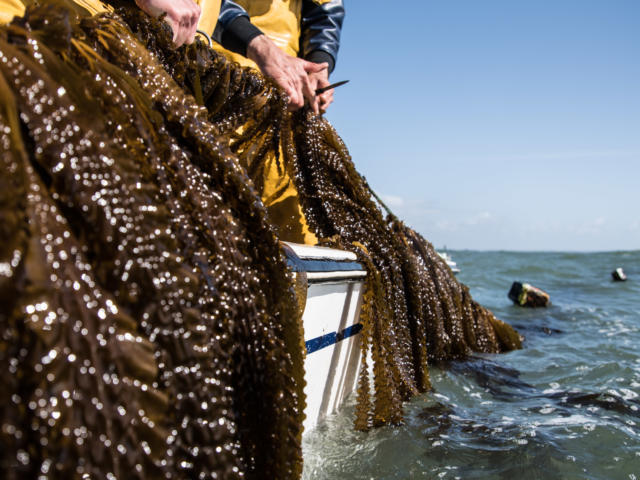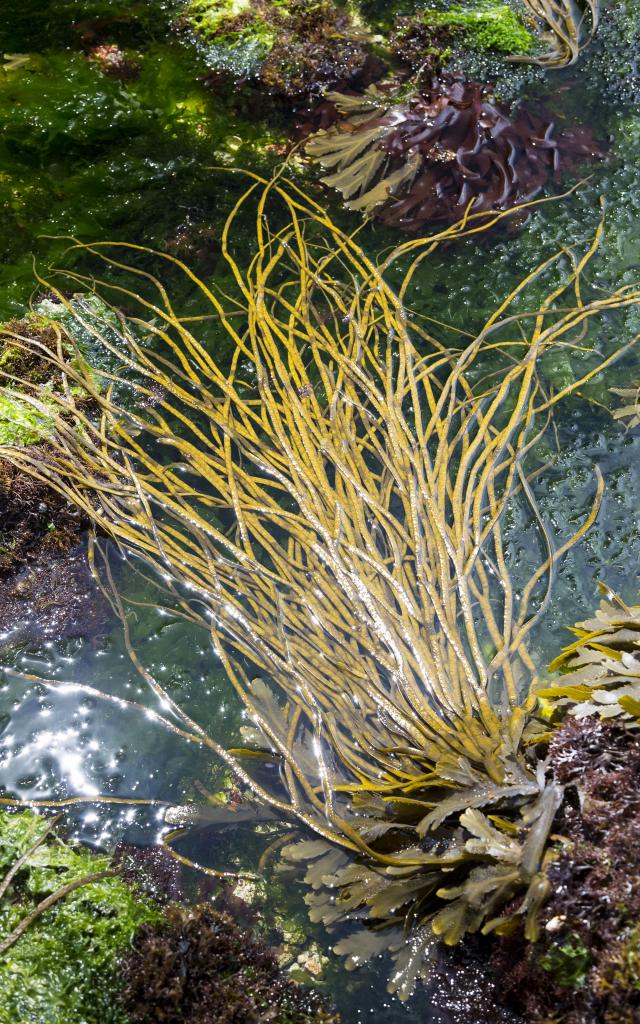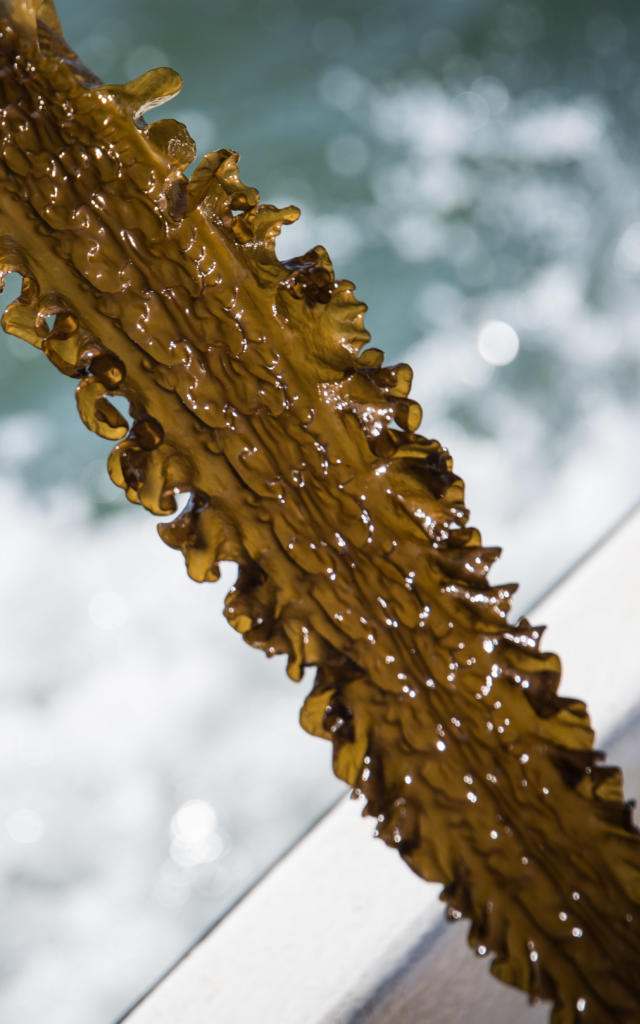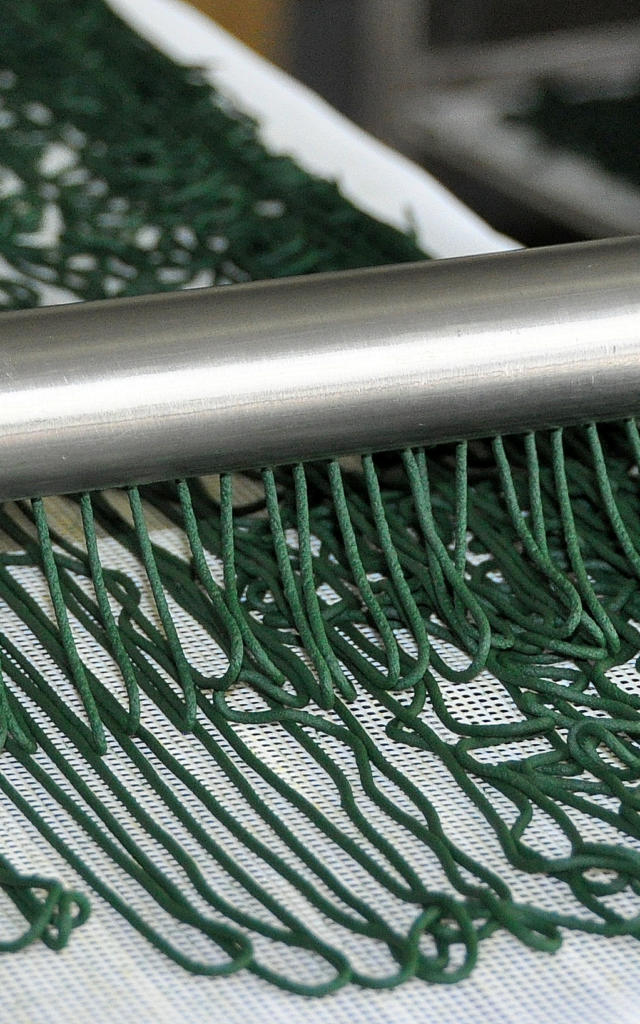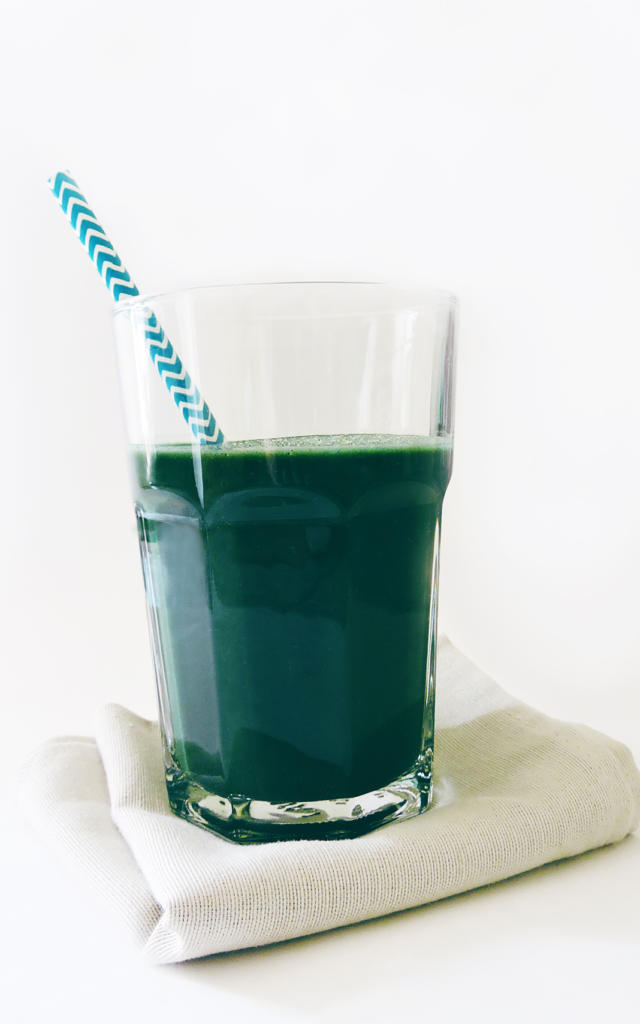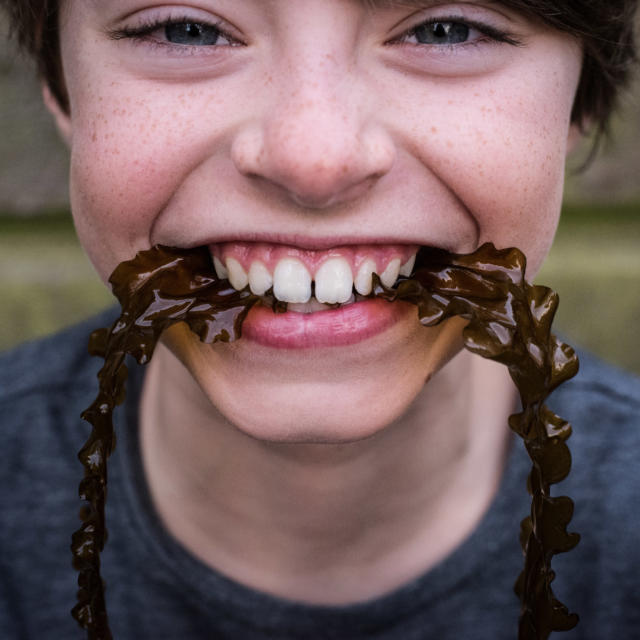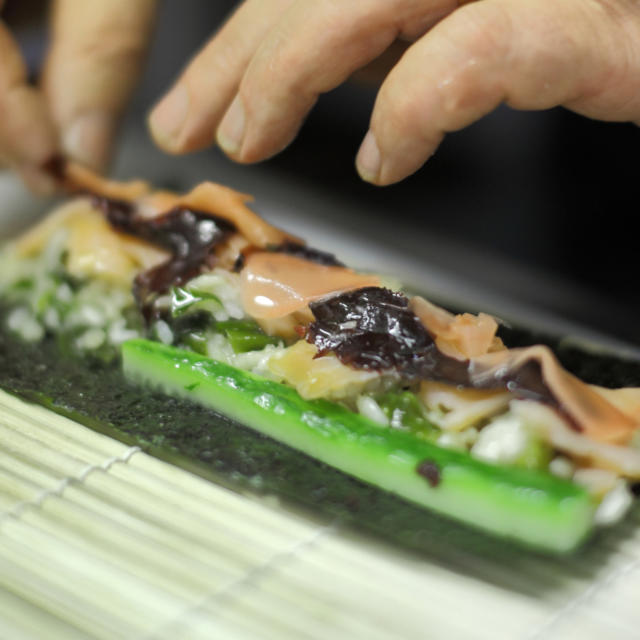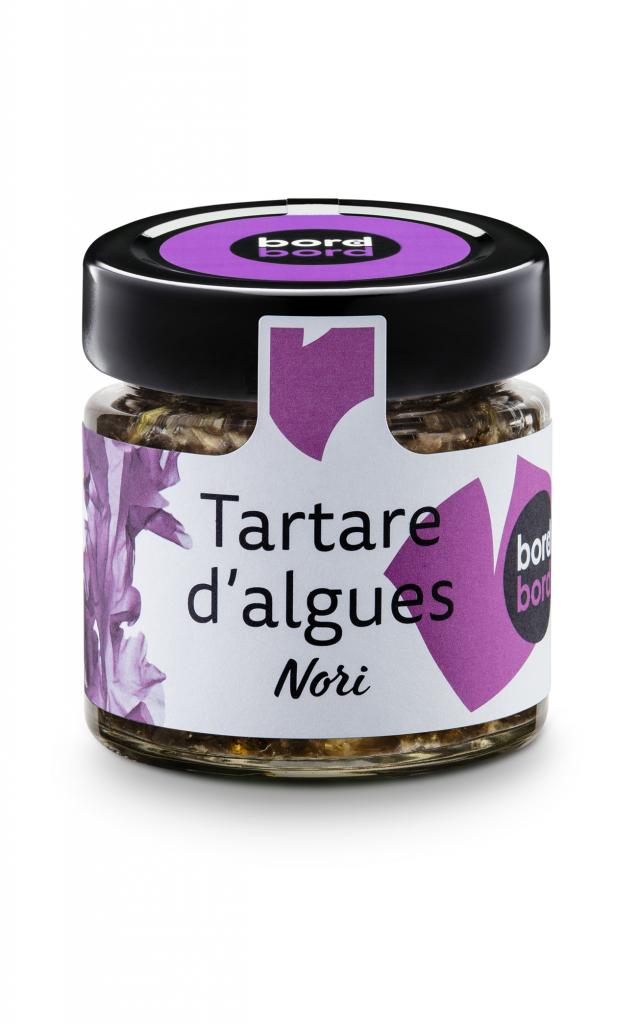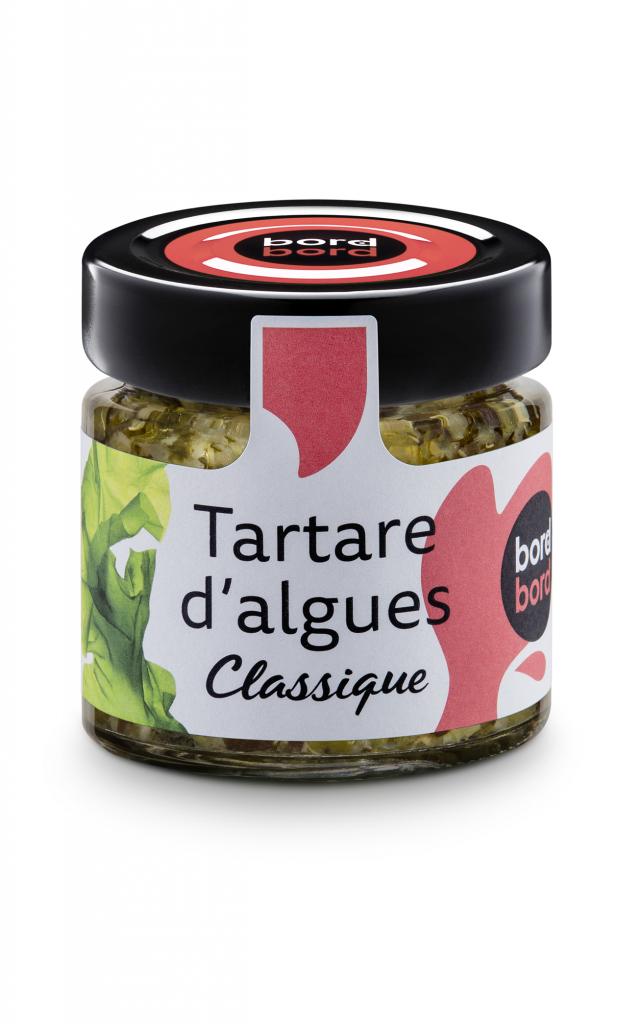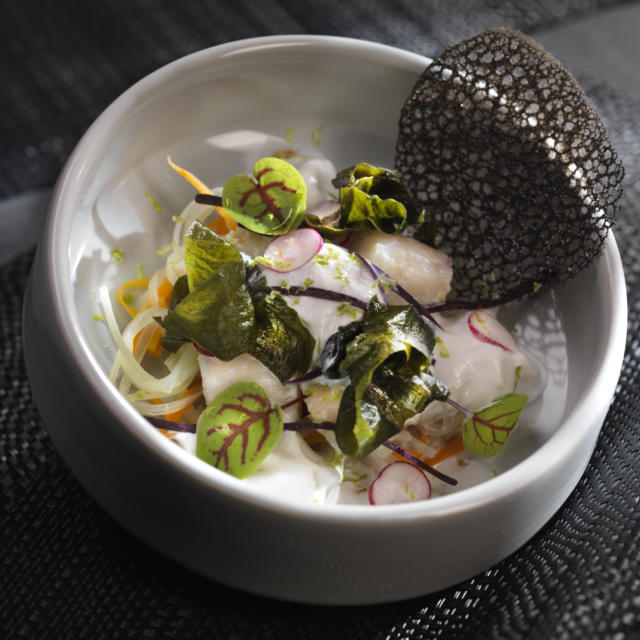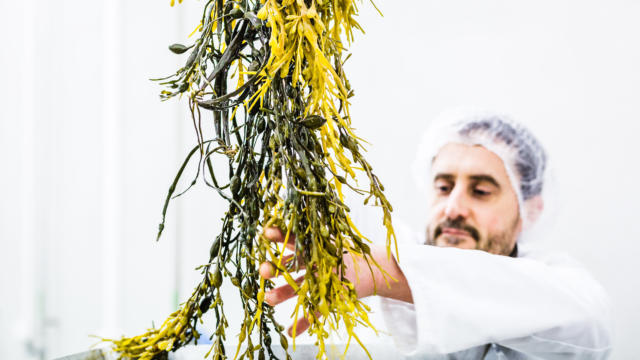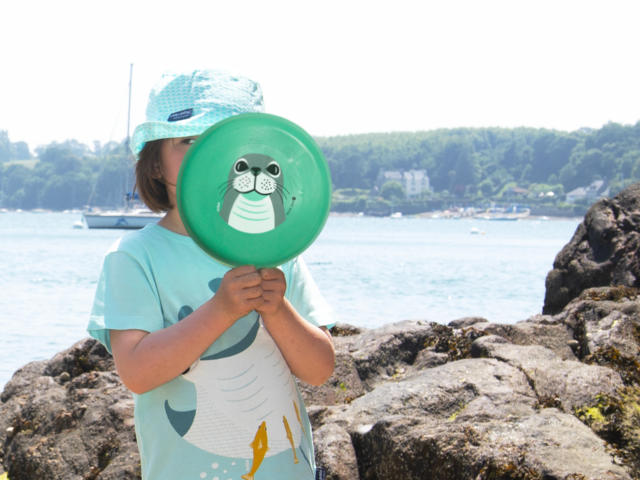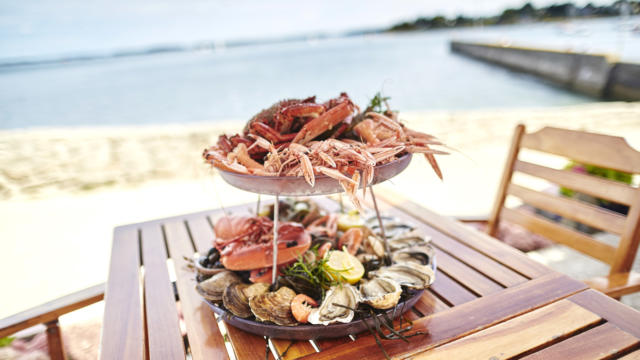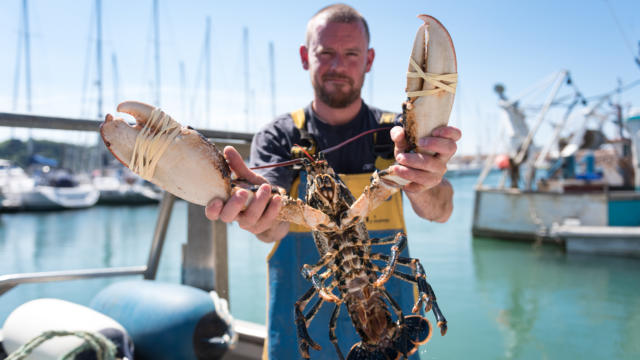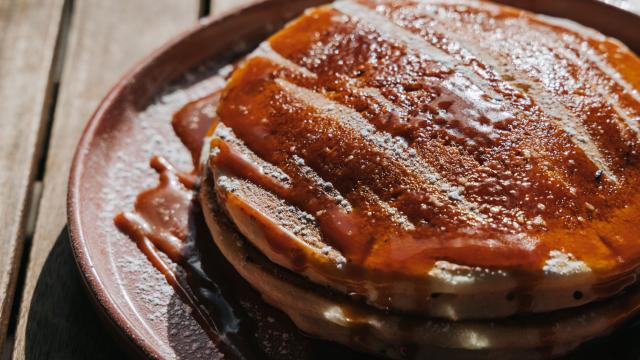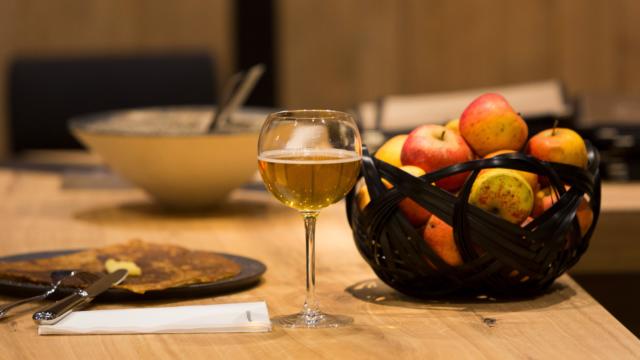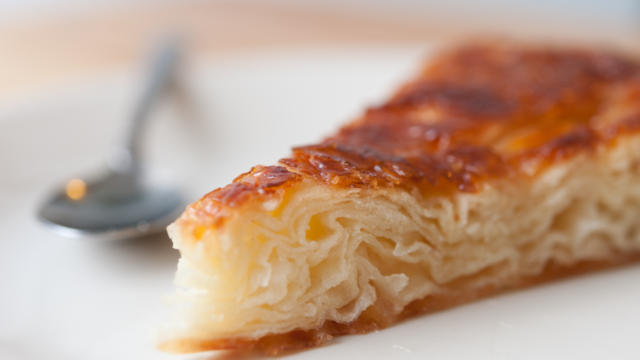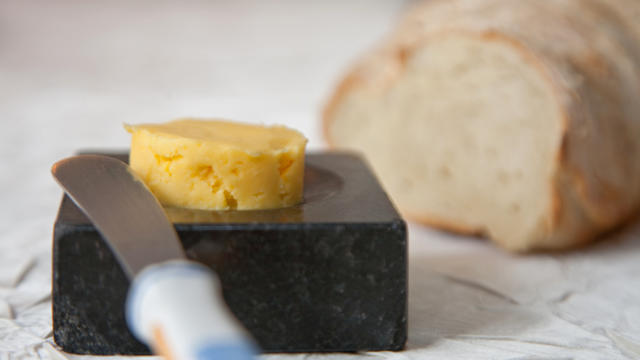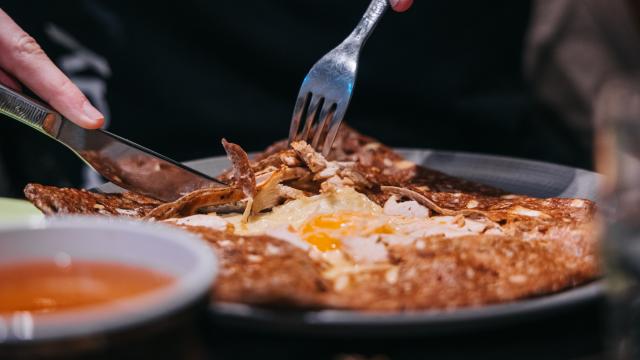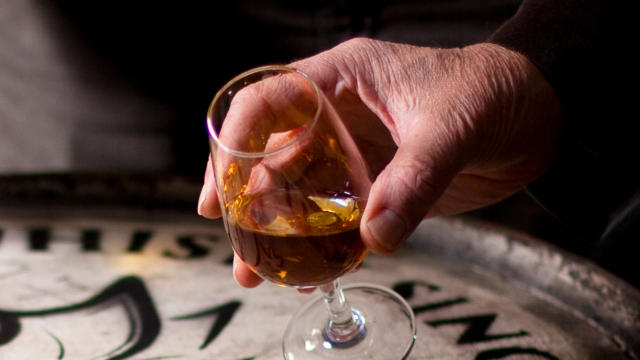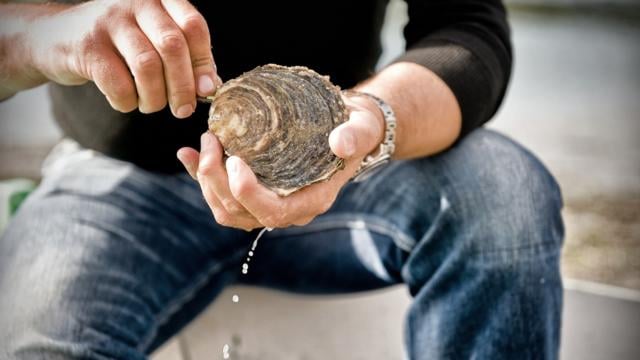Seaweed in Brittany
You can’t miss it when you’re at the seaside, and we think we know about seaweed, but in fact it has many a secret to reveal. Seaweed does not have roots, but crampons, to attach onto rocks. It draws its benefits directly from sea water and is a concentrate of trace elements, iodine, vitamins and mineral salts. Used in farming since the 17th century, seaweed is now an ingredient making a name for itself in Breton cuisine. Out of the nearly 800 species of seaweed in Brittany, around ten edible species are authorised for sale.
 Crtb Ae06063 Gregory Mignard Captain Yvon Hom Project
Crtb Ae06063 Gregory Mignard Captain Yvon Hom Project


